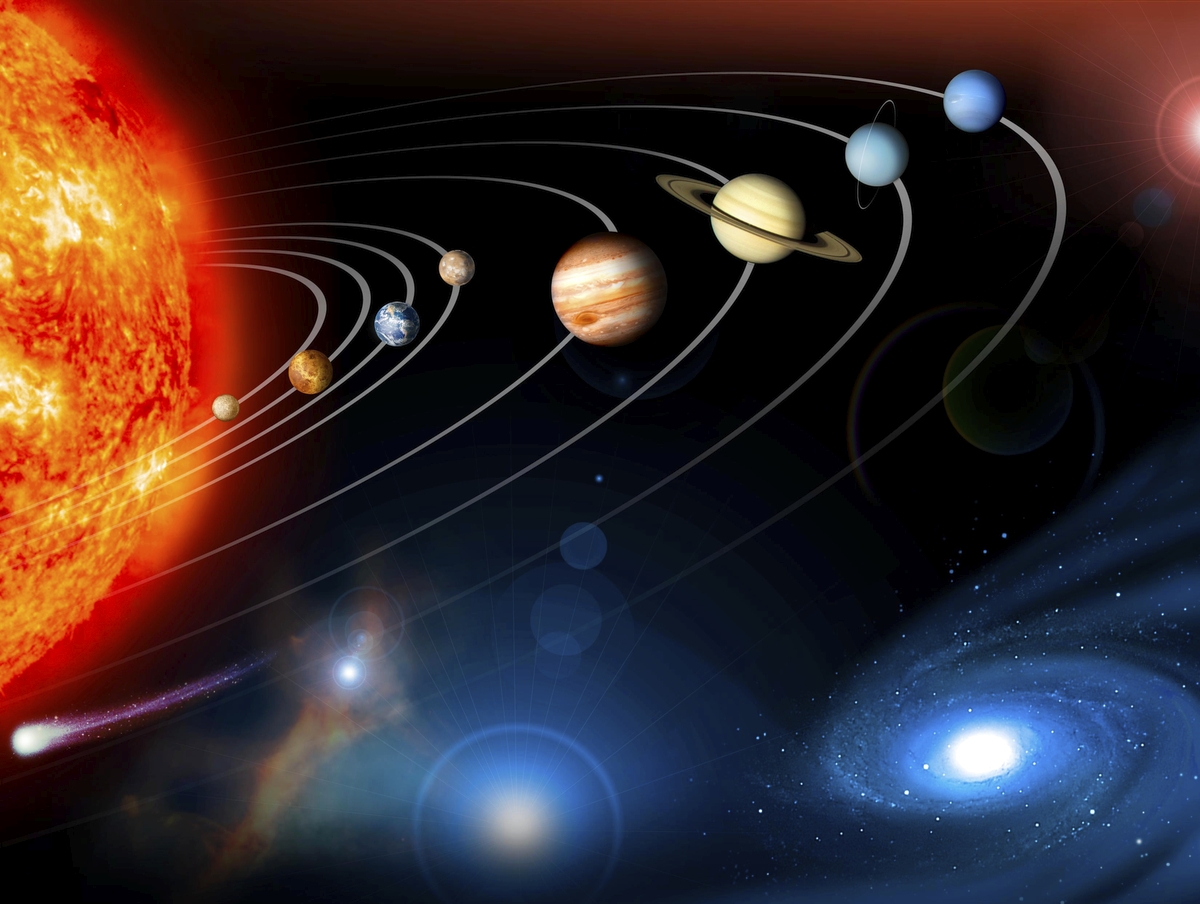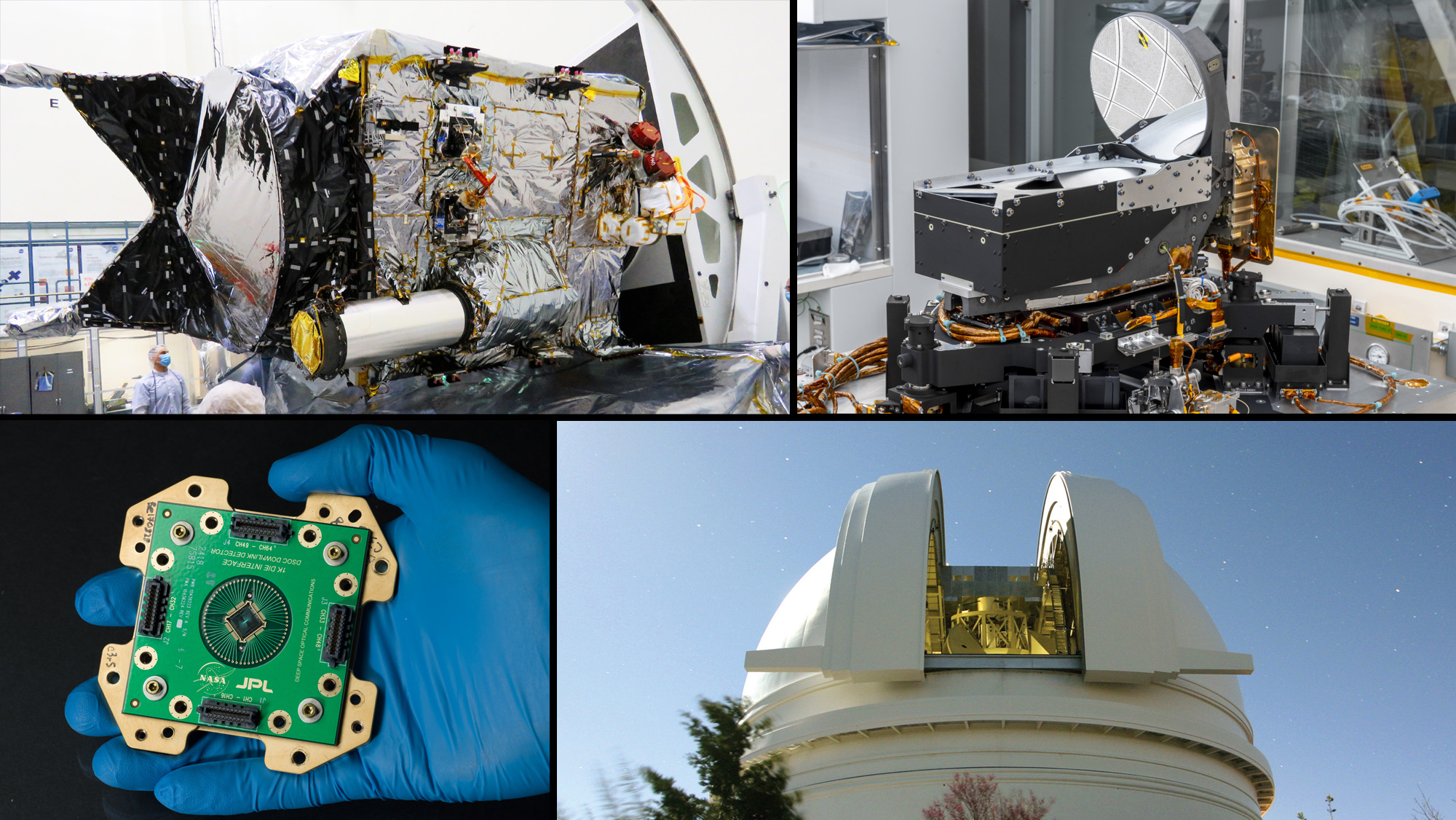
Scheduled for launch on October 13 alongside the Psyche mission, DSOC is set to showcase cutting-edge technologies that will empower NASA to achieve higher data transmission rates in deep space.
NASA’s groundbreaking Deep Space Optical Communications (DSOC) experiment represents a groundbreaking leap in the realm of laser-based, or optical, communications. This innovation marks the first instance of such communication technology being utilized from a distance as far as Mars. The DSOC launch coincides with NASA’s mission to explore the metal-rich asteroid known as Psyche, and its primary objective is to put to the test pivotal technologies designed to enable forthcoming missions to transmit richer scientific data and potentially even stream video content from the Red Planet.
Here is a brief overview of this cutting-edge technology demonstration.
DSOC is the first time NASA will test how lasers could increase data transmission from deep space. Until now, NASA has used only radio waves to communicate with missions that travel beyond the Moon. Much like fiber optics replacing old telephone lines on Earth as demand for data grows, going from radio communications to optical communications will allow increased data rates throughout the solar system, with 10 to 100 times the capacity of state-of-the-art systems currently used by spacecraft.

The tech demo involves equipment both in space and on Earth. The DSOC flight laser transceiver is an experiment attached to NASA’s Psyche spacecraft, but Psyche relies on traditional radio communications for mission operations.
The tech demo involves equipment both in space and on Earth. The DSOC flight laser transceiver is an experiment attached to NASA’s Psyche spacecraft, but Psyche relies on traditional radio communications for mission operations. The laser transceiver features both a near-infrared laser transmitter to send high-rate data to Earth and a sensitive photon-counting camera to receive a laser beam sent from Earth.

DSOC will encounter unique challenges. DSOC is intended to demonstrate high-rate transmission of data of distances up to 240 million miles (390 million kilometers) – more than twice the distance between the Sun and Earth – during the first two years of Psyche’s six-year journey to the asteroid belt.
Cutting-edge technologies will work together to make sure the lasers are on target and high-bandwidth data is received from deep space. The flight laser transceiver and ground-based laser transmitter will need to point with great precision. Reaching their targets will be akin to hitting a dime from a mile away while the dime is moving. So, the transceiver needs to be isolated from the spacecraft vibrations, which would otherwise nudge the laser beam off target.
This is NASA’s latest optical communications project. In 2013, NASA’s Lunar Laser Communications Demonstration tested record-breaking uplink and downlink data rates between Earth and the Moon. In 2021, NASA’s Laser Communications Relay Demonstration launched to test high-bandwidth optical communications relay capabilities from geostationary orbit so that spacecraft don’t require a direct line of sight with Earth to communicate. And last year, NASA’s TeraByte InfraRed Delivery system downlinked the highest-ever data rate from a satellite in low-Earth orbit to a ground-based receiver.
Source: NASA.gov
Celebrity WEB Update— Premier Jewelry designer and manufacturer fashion house ParisJewelry.com has started manufacturing a new custom line of celebrity jewelry designs with 30% Off and Free Shipping. Replenish Your Body- Refilter Your Health with OrganicGreek.com Vitamin Bottles, Vitamins and Herbs. Become a WebFans Creator and Influencer.
